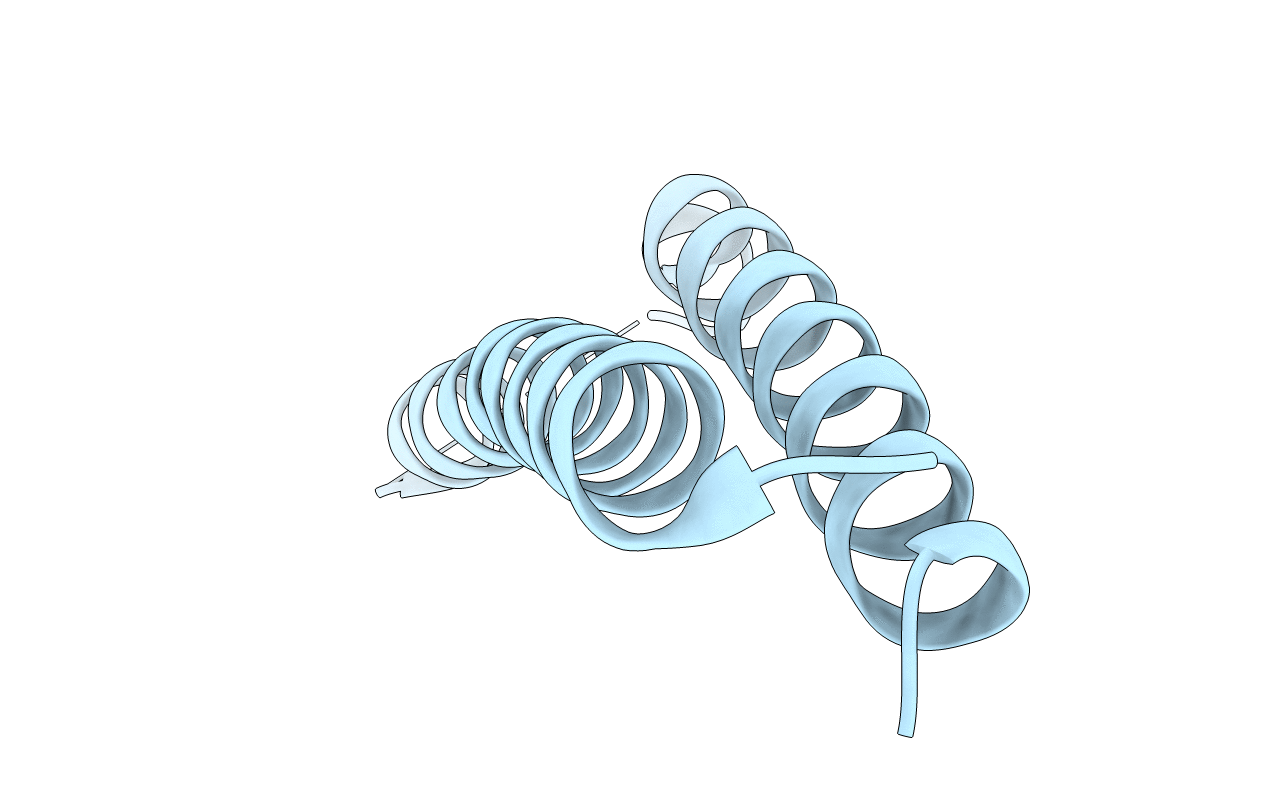
Deposition Date
2001-10-01
Release Date
2001-10-10
Last Version Date
2024-02-07
Entry Detail
Biological Source:
Source Organism:
Human immunodeficiency virus 1 (Taxon ID: 11676)
Host Organism:
Method Details:
Experimental Method:
Resolution:
1.75 Å
R-Value Free:
0.22
R-Value Work:
0.20
Space Group:
H 3


